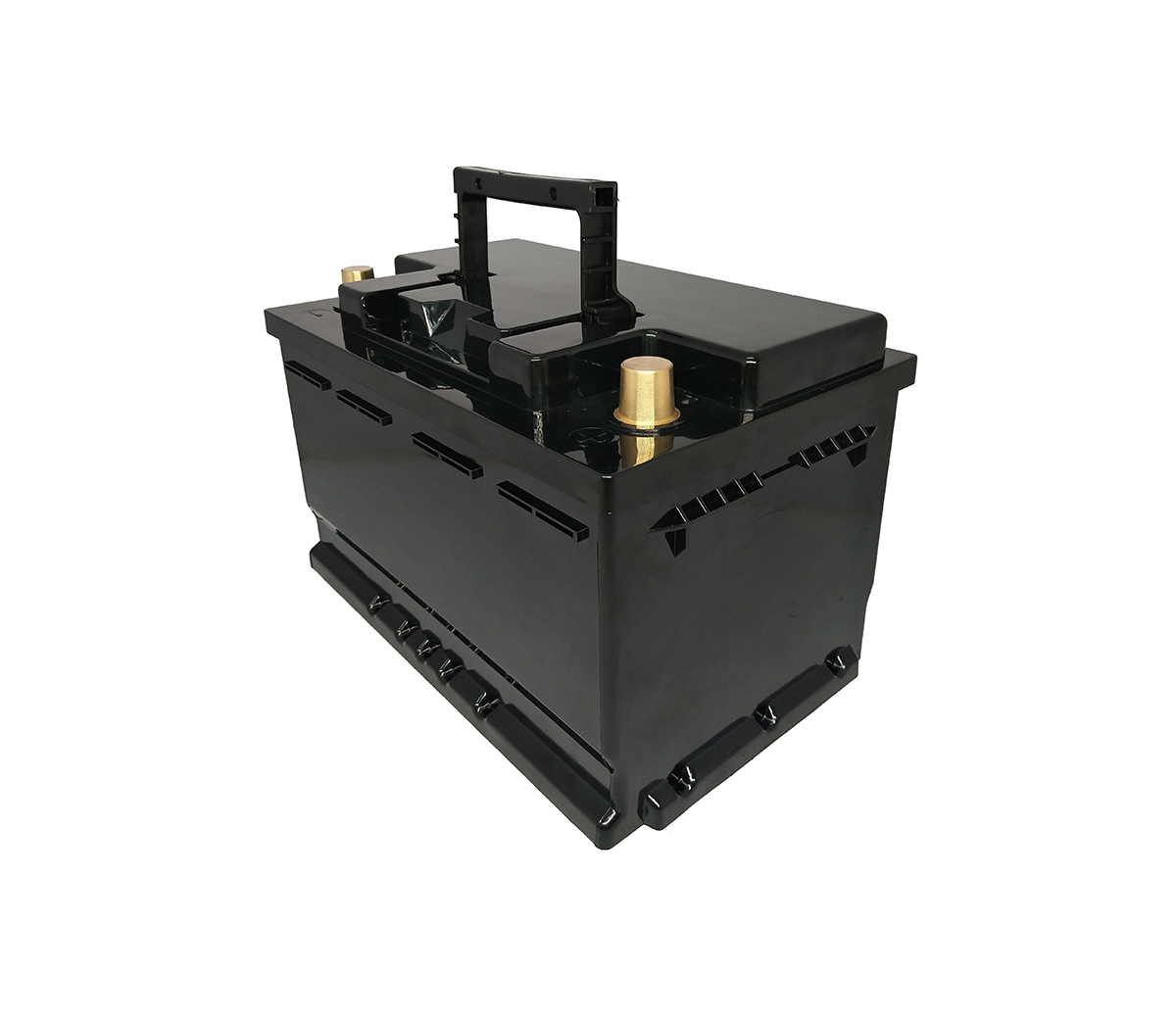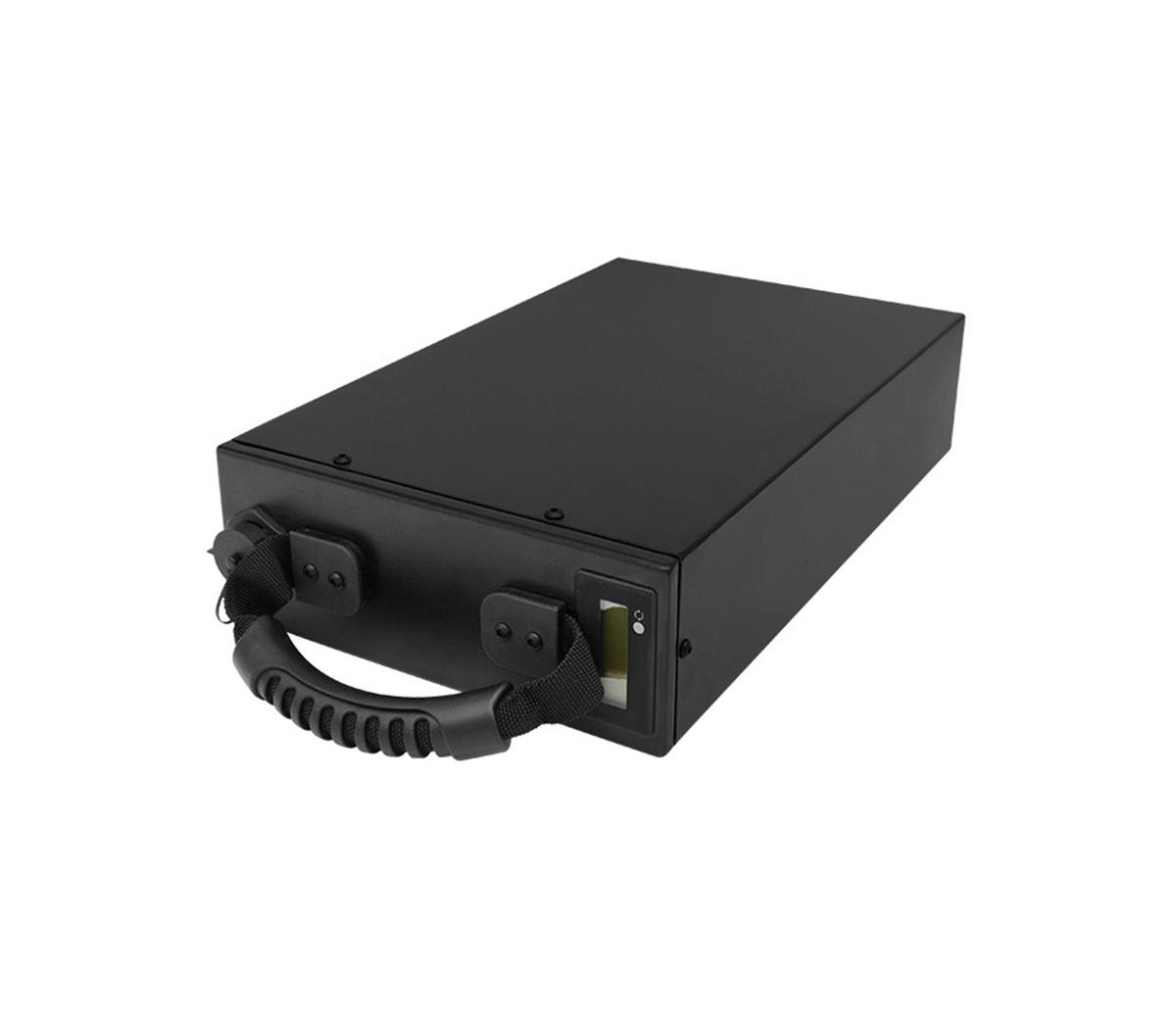1000 kilometers of battery life has become an urgent goal of new energy
vehicles, because this requirement is the demand of users and the market:
consumers are using this parameter to measure the parameter of a company's
battery technology innovation.
SES Power believes that to achieve the above-mentioned endurance goals, it
cannot be solved by stacking batteries, but must be achieved through innovations
in battery materials and systems. Although we are a manufacturer of customized
R&D and manufacturing of lithium batteries, such as the 19-inch 48V100Ah
module, off-grid energy storage system, and 3Kw~20KW small off-grid home energy
storage system manufactured by the square lithium iron phosphate battery we use,
Lithium iron phosphate batteries that can perfectly replace lead-acid batteries
are used in traditional fuel vehicle starting requirements, such as using
12V30AhLFP starting lithium batteries (CCA@1200A) to replace lead-acid 12V60Ah
starting batteries. We are quite concerned about the electric vehicle industry
because it is the future of transportation.
We have a deep understanding of the lithium battery industry. Below we will
explain to you the trend of lithium battery manufacturers in China on improving
lithium battery technology.
Since the beginning of this year, a number of battery companies, including
CATL, Gotion Hi-Tech, and Honeycomb Energy, have successively announced battery
solutions for 1,000 kilometers of battery life. There are also answers from
cutting-edge technologies.
In terms of car companies, Weilai, Zhiji Automobile, GAC Aian, etc. have
successively announced pure electric models with a range of 1,000 kilometers,
which also means that related models have begun to gradually enter mass
production. Among them, GAC Aion declared a new model Aion LX in November last
year, with a NEDC battery life of up to 1008km, using sponge silicon anode
battery technology; Weilai Automobile announced its 1000km battery life model
ET7 at the beginning of last year, using semi-solid battery technology, is
expected to be used in Listed in the fourth quarter of this year. In addition,
it is reported that Gaohe Automobile is also expected to launch an electric
model with a range of more than 1,000 kilometers this year.
By comprehensively sorting out and comparing the 1,000-kilometer battery
life solutions given by various companies, we can see some development trends of
the battery route.
A: CATL: system-level innovation + material iteration
On June 23, CATL officially released CTP 3.0 - Kirin battery technology.
The system integration reached a new high in the world, the volume utilization
rate exceeded 72%, and the system energy density reached 255Wh/kg. CATL said
that models equipped with Kirin batteries can easily achieve a cruising range of
1,000 kilometers.
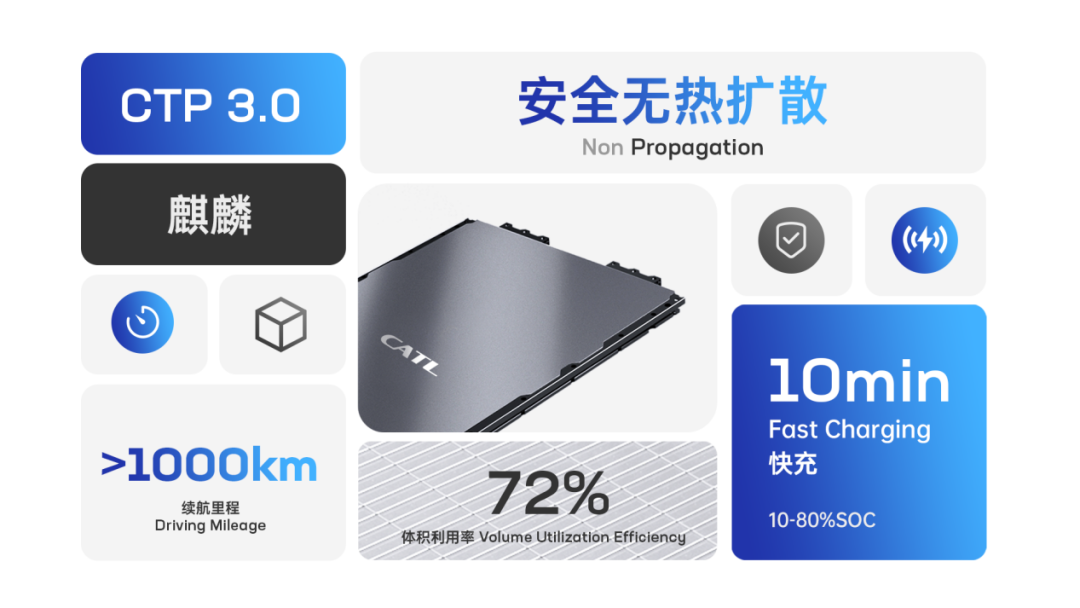
On the technical path to achieve 1,000 kilometers of battery life, CATL has
currently announced the method to greatly improve the group efficiency and
volume utilization rate through the innovation of the battery system structure.
The power is significantly increased.
In fact, to achieve a system energy density of 255Wh/kg, the cell energy
density is expected to be around 320Wh/kg based on the 80% group efficiency.
Therefore, we speculate that in addition to the innovation of the system itself,
the batteries of the CATL also have obvious breakthroughs in materials compared
with the existing indicators in the solution to achieve 1,000 kilometers of
battery life. According to relevant news, it is expected that new materials such
as high nickel and silicon anodes have been applied to Kirin battery
products.
According to the plan, the CATL CTP 3.0 Kirin battery will be mass-produced
and launched in 2023. At present, car companies including Lili Auto, Lotus Auto
and Nezha Auto have all hinted that they will be equipped with Kirin batteries
in their models.
B: Gotion Hi-Tech: Semi-solid battery + silicon anode
On May 28, the vice president of the General Institute of Gotion High-tech
Engineering Research Institute revealed in the new product release section of
the company's 11th science and technology conference that the energy density of
the single body developed by Gotion was as high as 360Wh/kg, and the energy
density of the system reached 260Wh/kg. Semi-solid batteries will be installed
in vehicles this year.
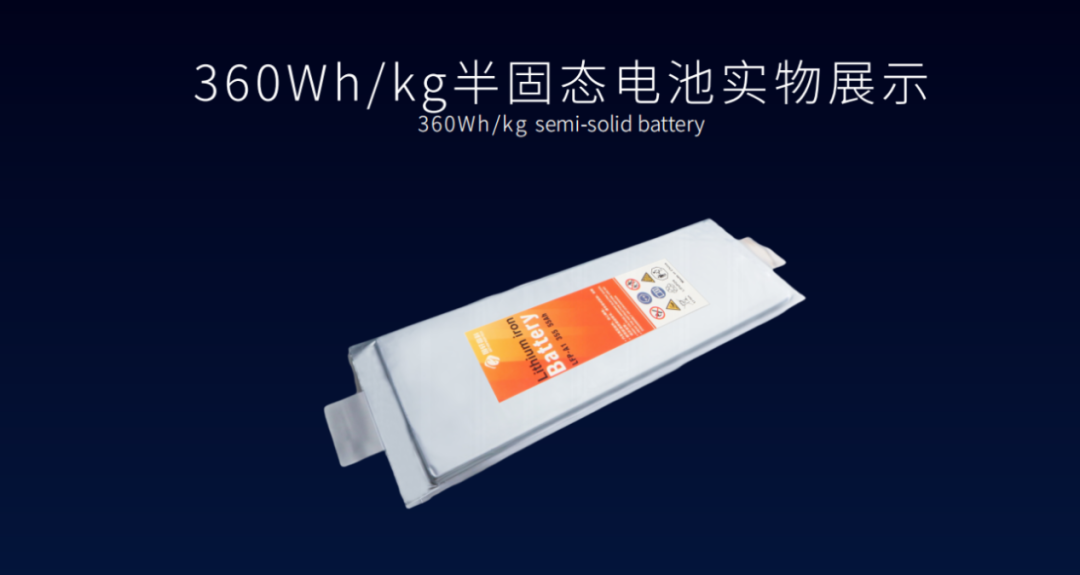
According to reports, the battery pack power of the model equipped with
semi-solid battery reaches 160kWh, the cruising range is up to 1000km, and the
acceleration time of the vehicle per 100 kilometers is only 3.9s (semi-solid
battery with an energy density of 360Wh/kg).
In addition to the 360Wh/kg product that will be mass-produced this year,
the 400Wh/kg ternary semi-solid battery developed by Gotion currently has
prototype samples in the company's laboratory.
C: Honeycomb Energy: Sulfur all-solid
Recently, the Honeycomb Energy All-Solid-State Battery Laboratory has
developed the first batch of 20Ah-class chalcogenide all-solid-state prototype
batteries in China. The energy density of this series of cells reaches
350-400Wh/kg, and has successfully passed experiments such as acupuncture and
200°C hot box. Once mass-produced and applied in the future, electric vehicles
can achieve a cruising range of more than 1,000 kilometers.
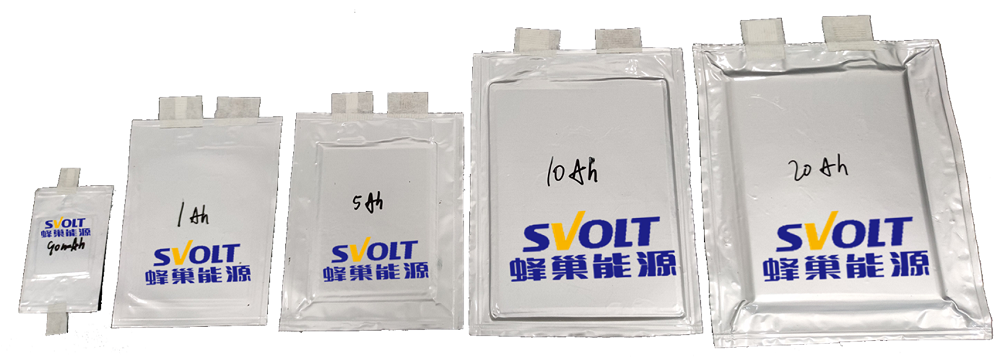
According to industry sources, Honeycomb is the first company in China to
complete the research and development of 20Ah-class chalcogenide all-solid-state
prototype cells. Its all-solid-state laboratory adopts the sulfide technology
route known in the industry as "hell-level development difficulty". While
gaining experience, Honeycomb has also launched relevant patent layouts in a
targeted manner. At present, it has applied for 109 patents, including 93
invention patents.
D: Weilan New Energy: Semi-solid solution
In November last year, it was reported that the semi-solid battery of the
NIO ET7 model with a battery life of more than 1,000 kilometers will be provided
by Beijing Weilan New Energy.
It is understood that Weilan New Energy has built a 2GWh large-scale
solid-liquid hybrid solid-state power battery production line, which mainly
produces 350-360Wh/kg power batteries for new energy vehicles.
The hybrid solid-liquid solid-state battery currently mass-produced by
Weilan New Energy is not much different from the current liquid battery in terms
of positive and negative electrode material systems. It is mainly based on
material systems such as modified high-nickel ternary, silicon-based negative
electrode materials, mixed solid-liquid solid electrolytes, and ion conductive
membranes.
SES Power finally summarizes for you. At present, in terms of
1,000-kilometer battery life, various companies mainly realize it through
materials, processes, system innovation and other dimensions. In the application
of new materials, high nickel/ultra high nickel, silicon anode, lithium sulfur
Batteries and solid-liquid mixed electrolytes have become key breakthrough
directions for battery companies; in terms of system innovation, innovations
such as CTP, CTB, and CTC continue to iterate to continuously improve battery
system group efficiency and volume utilization, thereby achieving higher battery
life and better performance and higher security.












